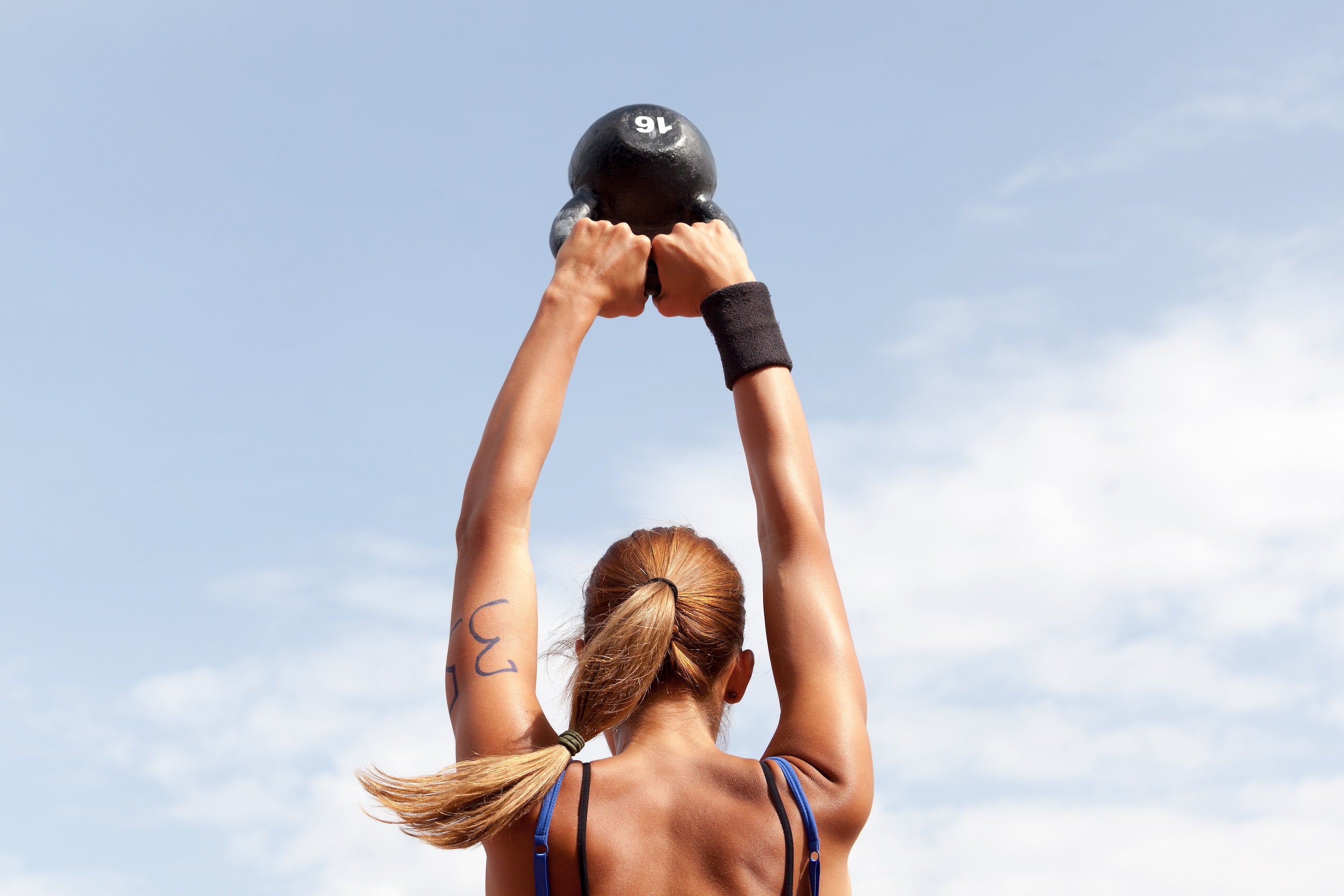The Kneeling Windmill and the Half-Straddle Windmill-by Kyle Suib
When it comes to enhancing mobility, stability, and overall functional strength, few exercises rival the effectiveness of the Kettlebell Windmill. This versatile movement boasts numerous variations, each catering to different aspects of fitness and addressing specific muscle groups. Today, we will delve into two distinct yet equally beneficial versions of the Windmill: the Kneeling Windmill and the Half-Straddle Windmill. Each variation offers unique advantages, making them valuable additions to any workout regimen.
The Kneeling Windmill: Focusing on Hip Mobility, Shoulder Stability, and Core StrengthThe Kneeling Windmill is a compelling variation of the traditional Windmill exercise, particularly favored for its emphasis on hip mobility, shoulder stability, and core strength. Unlike the standard standing version, the kneeling position reduces the stability challenge, allowing individuals to concentrate more intensely on the movement patterns of the hips and shoulders. Hip Mobility: This variation requires a deep hip hinge, which can be adjusted according to your experience level. Beginners may start with a shallower hinge, gradually increasing the depth as their flexibility and control improve. This motion enhances the range of motion in the hip joints, contributing to better overall mobility and reducing the risk of injury. Shoulder Stability: Holding the kettlebell overhead while performing the kneeling Windmill demands significant shoulder stability. This position engages the stabilizing muscles of the shoulder, fostering strength and endurance that can translate to improved performance in various activities and sports. Core Strength: The twisting and hinging actions inherent in the Kneeling Windmill recruit the core muscles, particularly the obliques, and transverse abdominis. Maintaining a stable torso while moving through different planes of motion enhances core stability and strength, contributing to a more resilient and powerful midsection. The Half-Straddle Windmill: Enhancing Hip Mobility, Adductor Strength, and FlexibilityAnother fantastic variation of the Kettlebell Windmill is the Half-Straddle Windmill, which brings a unique focus on adductor strength and flexibility, in addition to the benefits provided by the traditional Windmill. Hip Mobility: Similar to the Kneeling Windmill, the Half-Straddle Windmill involves a deep hip hinge, but with one leg extended out to the side in a straddle position. This setup further challenges and enhances the mobility of the hips, allowing for greater freedom of movement and flexibility. Adductor Strength and Flexibility: The extended leg in the straddle position specifically targets the adductors, the muscles responsible for drawing the legs together. Strengthening these muscles is crucial for maintaining balance, stability, and overall lower body strength. Moreover, improving the flexibility of the adductors can alleviate tightness and discomfort in the inner thighs, promoting better movement efficiency. By Kyle Suib, Trainer @ Equinox |
Demonstration and Tips:Watching a video demonstration of the Half-Straddle Windmill can provide valuable insights into the correct form and execution. Pay close attention to the alignment of the extended leg and the depth of the hip hinge, ensuring that you maintain control and stability throughout the movement. |







Share:
Science Behind dermaFIT
2024 Nobel Prize in Physiology & Medicine and dermaFIT